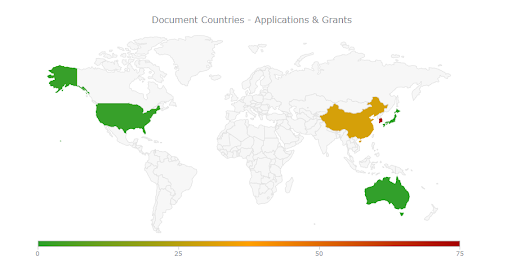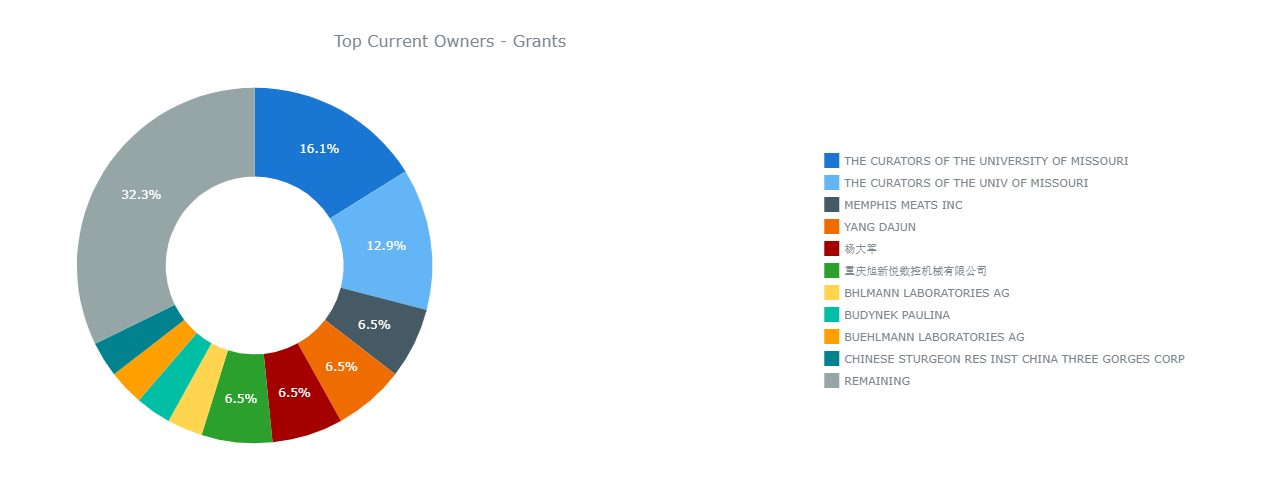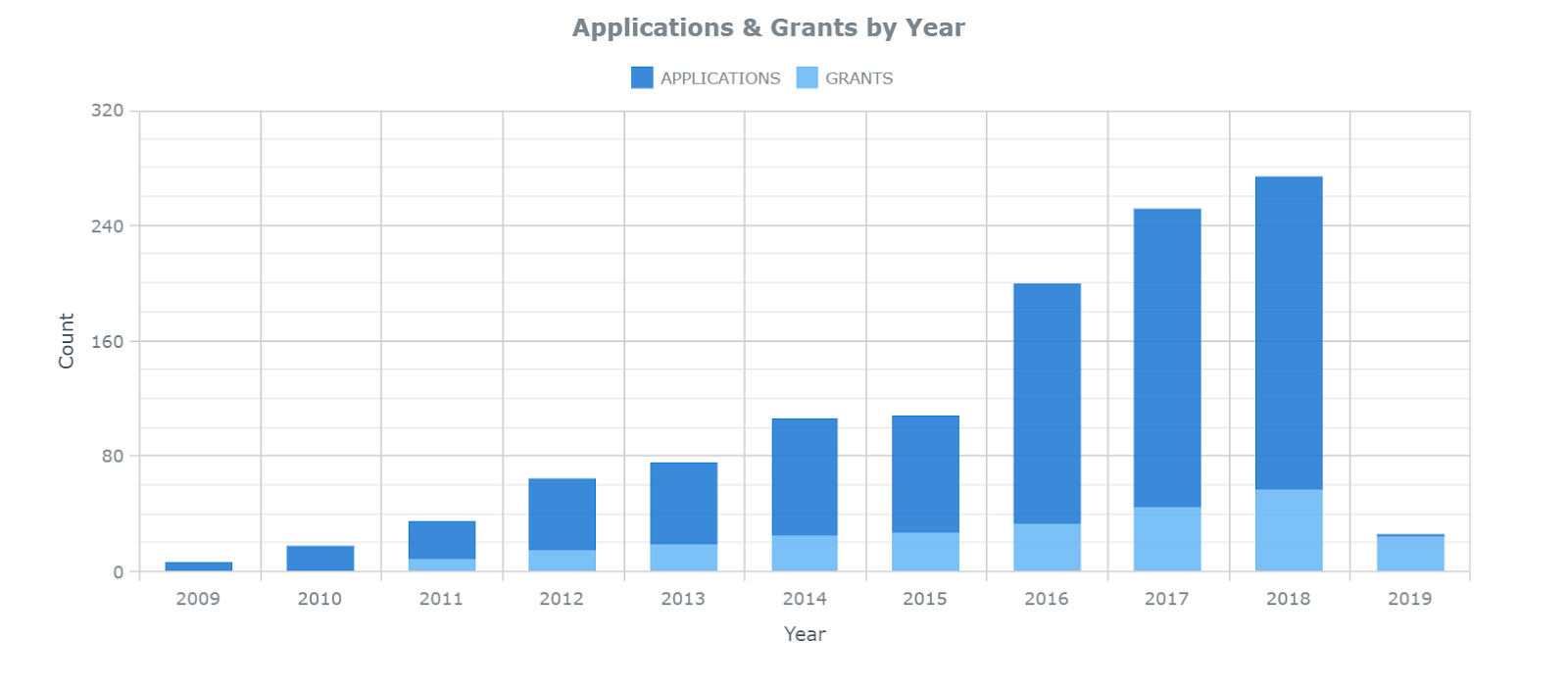In a previous article, ktMINE reported that more than 20% of animal protein is lost to disease, which can have serious consequences for food security. In 2009 the Food and Agriculture Organization of the United Nations predicted that food production would need to increase 70% by 2050 to feed a projected 9.1 billion people. By 2017, the United Nations was predicting a population of 9.8 billion by the same time.
That’s where AgriFood tech comes in. Karn Manhas, founder of Terramera, which secured $10 million in financing from the Business Development Bank of Canada in February of this year, wrote in an article that the agtech revolution, “… is less about consumer convenience or entertainment than about something far more pressing: our collective survival. The reality is that we have to quickly and efficiently bring farming from the industrial age into the digital one.”
Bugs and Slugs and Worms, Oh My!
Companies are now looking at alternative proteins to meet humanity’s growing need. Some of them are looking into, you guessed it, bugs. Ynsect, an automated insect protein farm recently raised €20 million from the European Commission and the Bio-Based Industries Joint Undertaking after a Series C round of €110 million earlier this year. While Ynsect’s product doesn’t go directly toward human consumption, it is marketed to Aquaculture (fish farming) companies, which contribute to human nutrition.
Breaking into the market may prove more difficult for startups looking to find their way into human hearts and bellies. One of the concerns for insect-based food startups in the United States has been whether American consumers can get over the “ick factor” that comes from eating something they don’t normally think of as food. This seems to be reflected in the patent data. There have been 10 times more applications containing the term “edible insect” in the title or abstract in China and 25 times in the Republic of Korea than in the United States.

Source: ktMINE Intellectual Property Database
Cultured Meat
ktMINE’s previous article explored transgenic animals and how genetic engineering may spare some suffering for animals raised to be eaten. In vitro meat or cultured meat may remove animals from the process almost entirely. In vitro meat can be cultured from cells which are drawn from an animal then applied to a scaffolding or medium and encouraged to grow outside of the animal’s body.

In ktMINE’s reimagined Search App, with the search terms ((“cultured meat” or “meat culture” or (“cell culture” and “meat”)) and status = grant and filing date > 06/26/2009) the top current owners appear to be the University of Missouri and Memphis Meats Inc. Nicholas Genovese, a visiting scholar, studied in vitro meat at the University of Missouri and later went on to co-found Memphis Meats, which created the first lab-grown meatball.
Machine Learning and Algorithms in Agriculture
The core challenge to address the nutritional needs of a growing population on a fixed size planet will be to do more with less. One of the ways that farmers can do this is by planting smart. Companies like unicorn Indigo Agriculture, which uses data analytics to determine what types of microbes promote higher yields, can help farmers learn exactly what their crops need and when they need it.
The below chart from ktMINE’s Search App shows that patenting activity in this area has been increasing over the last ten years.

Agricultural Machine Learning Activity Last Ten Years. Source: ktMINE Search Application – Search terms: (“machine learning” or “artificial intelligence” or algorithm) and agriculture last ten years.
Looking to the Future
Startups in the AgriFood tech space garnered nearly $17 billion in funding last year. In addition, 60% of M&As in farm tech resulted in an exit for investors, and according to AgFunder, this space is a maturing venture capital asset class. As new entrants seek to tackle the challenge of food security through agriculture and food technology, patenting activity in these areas will likely continue or grow.




